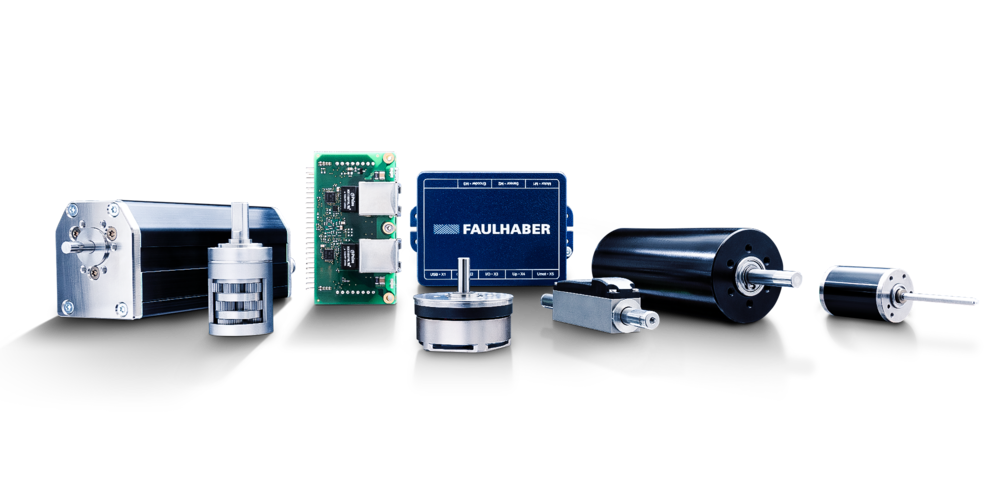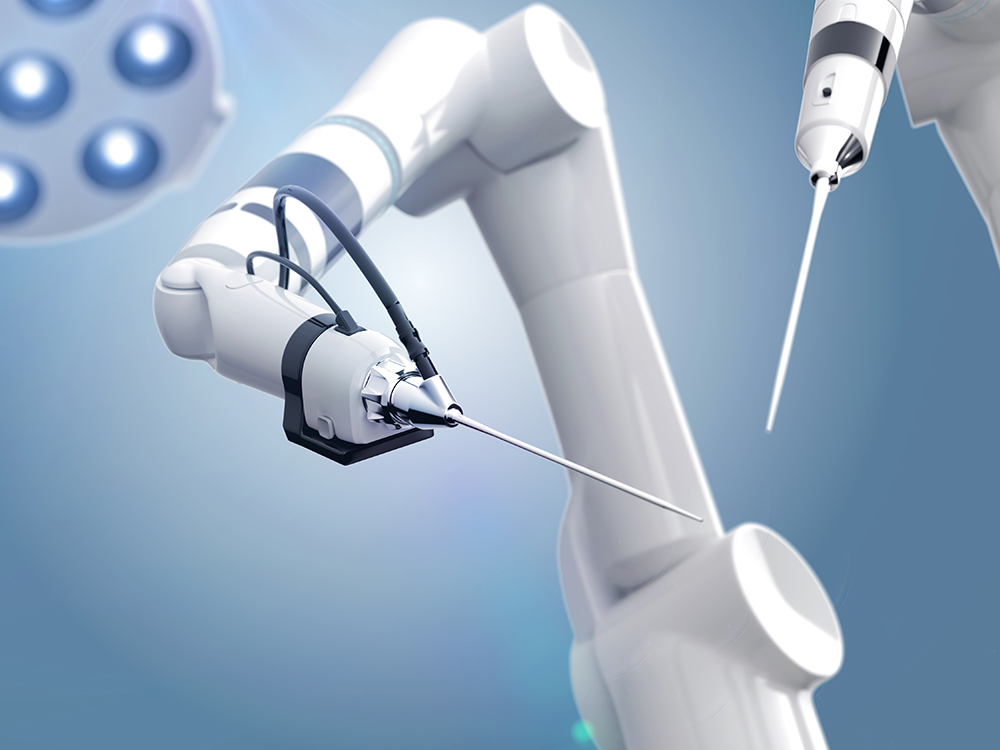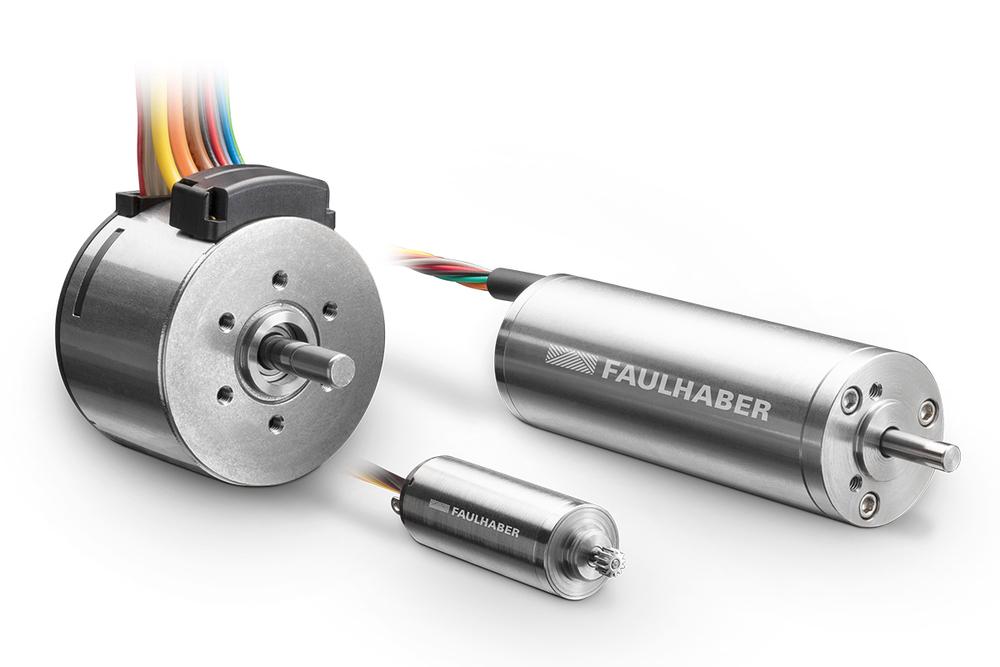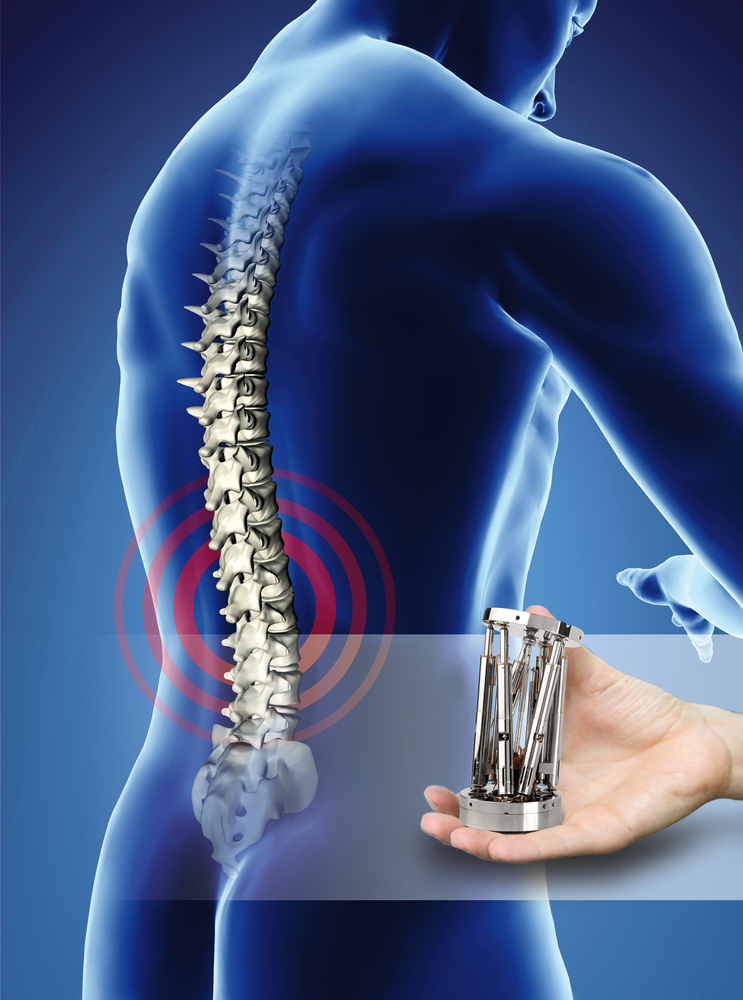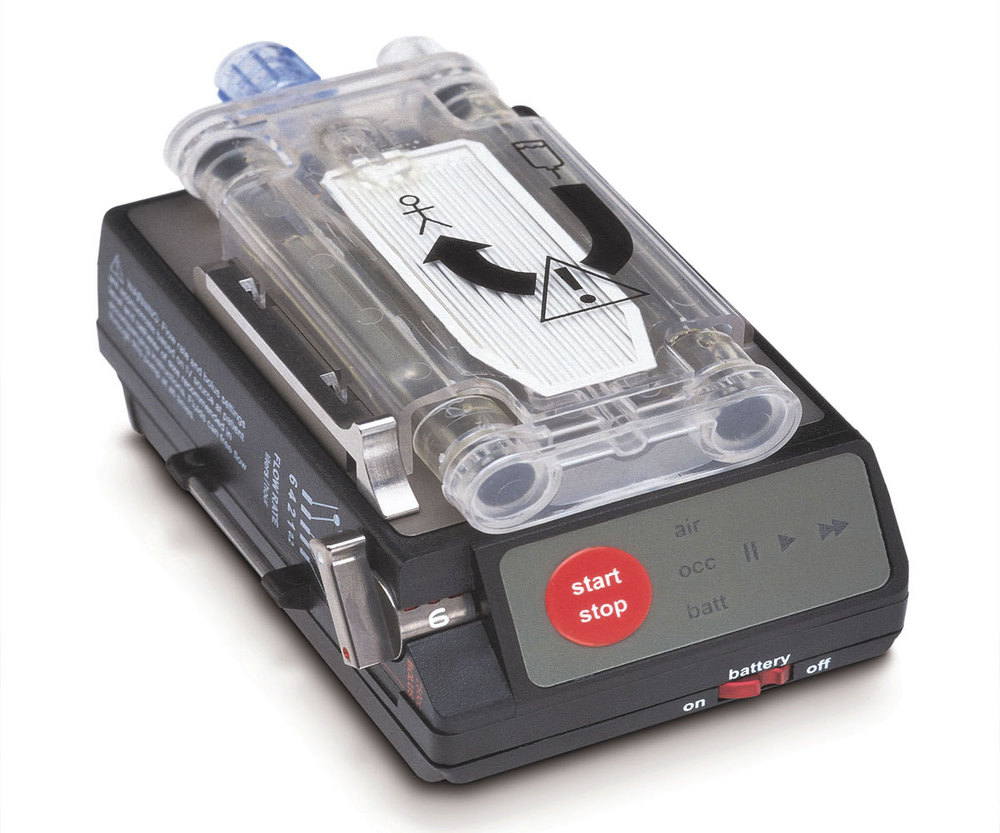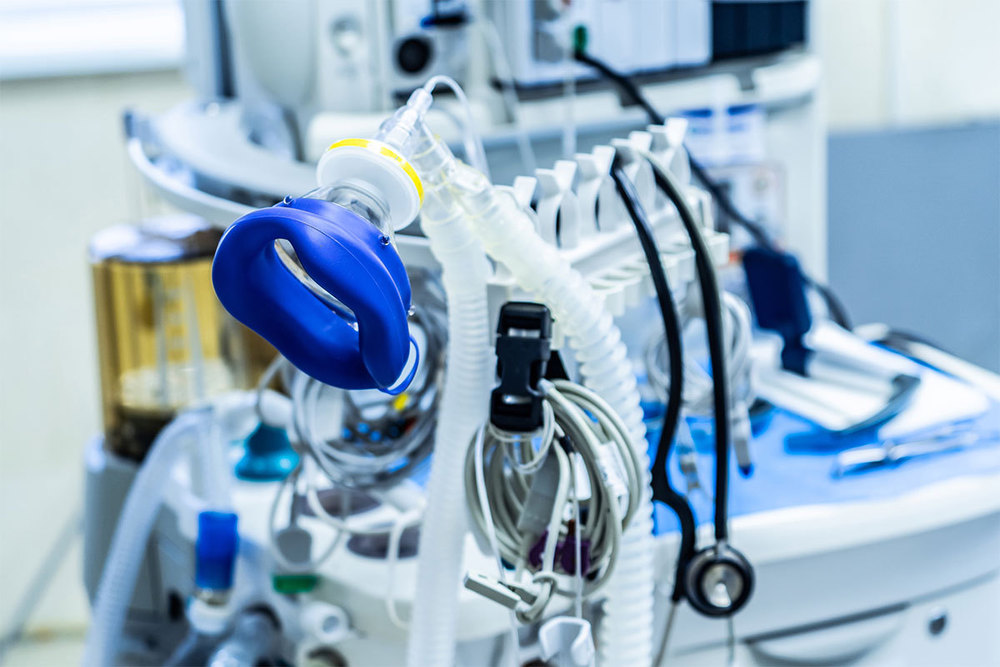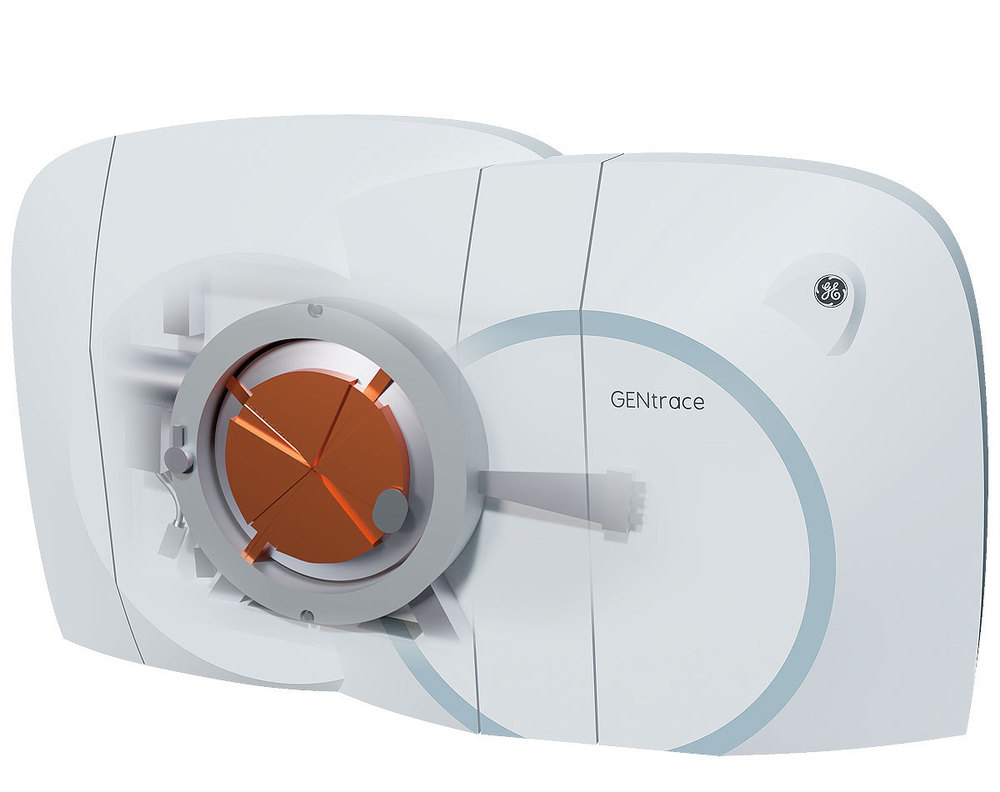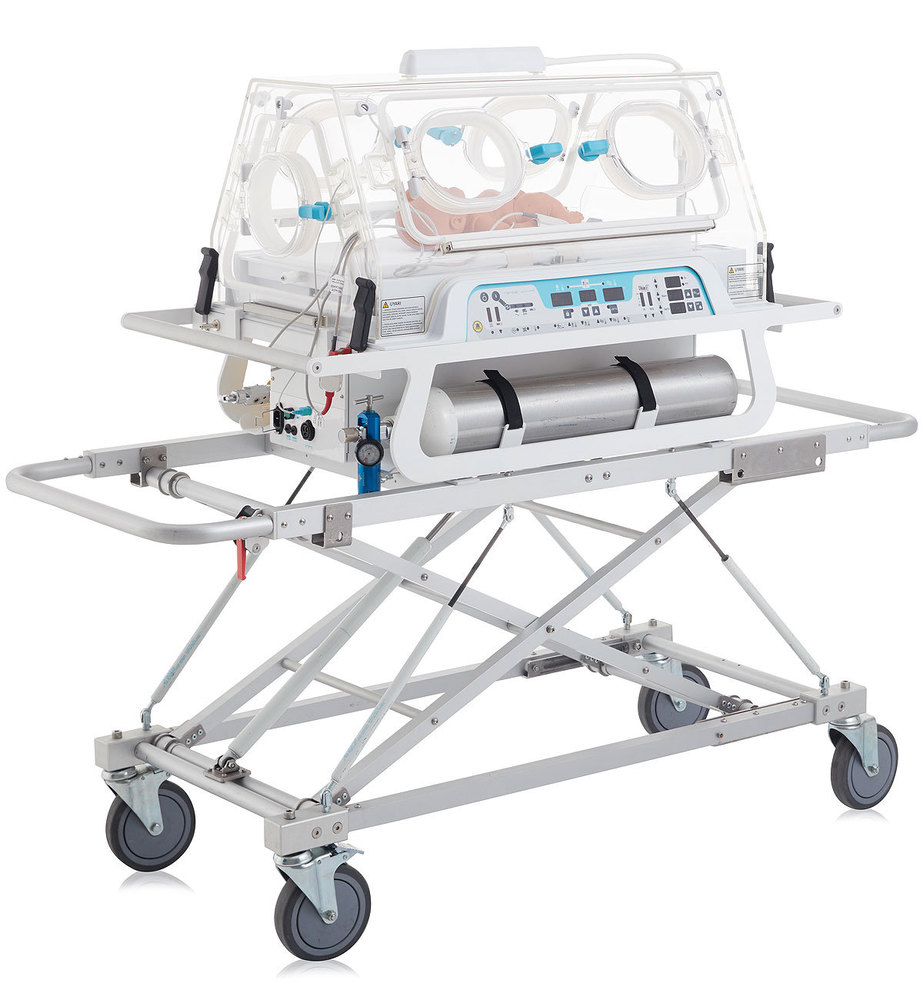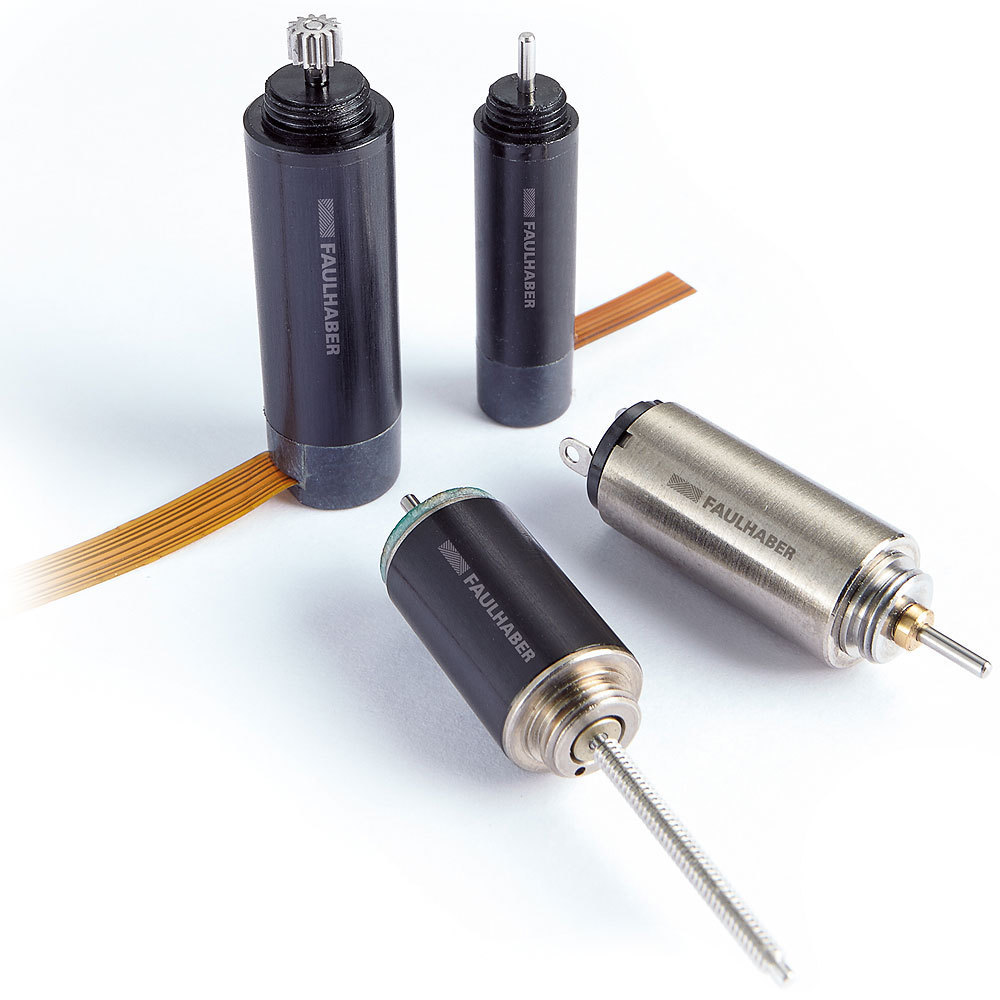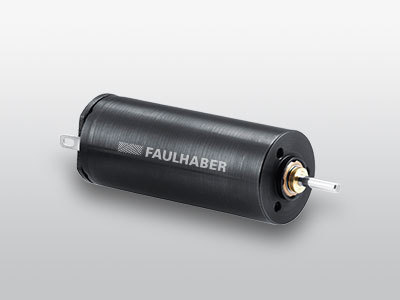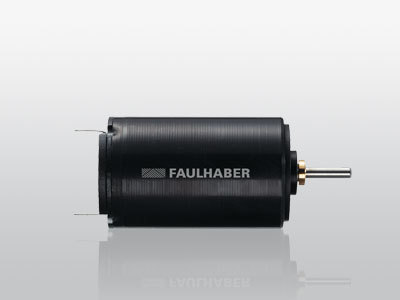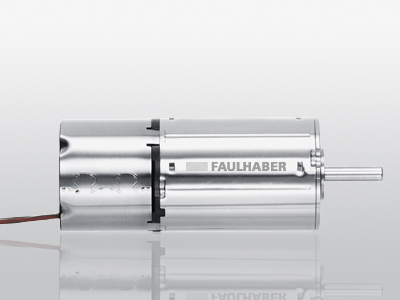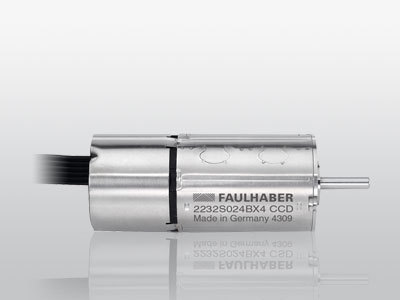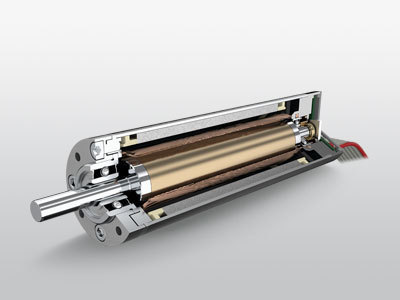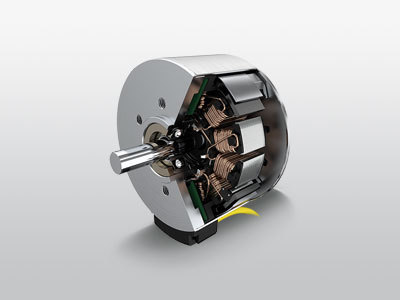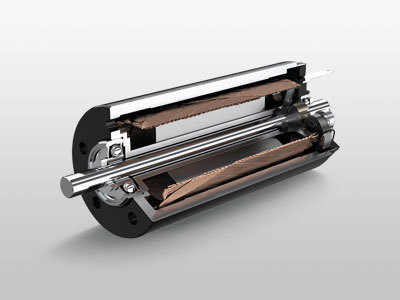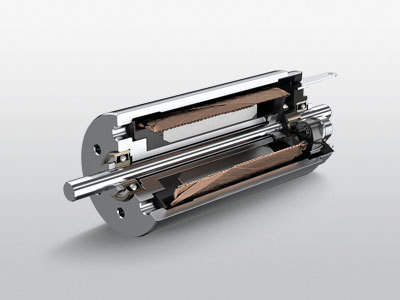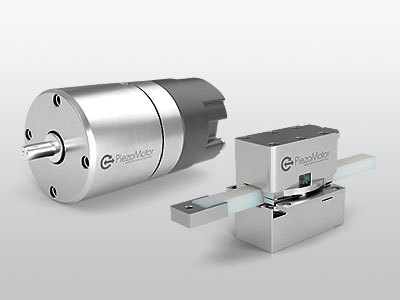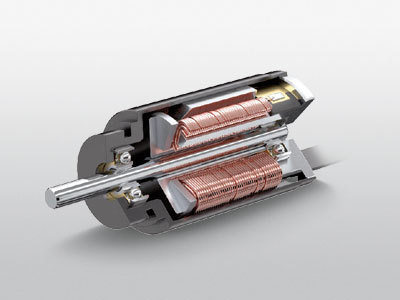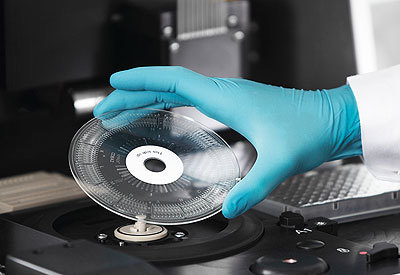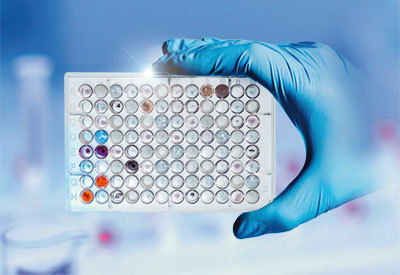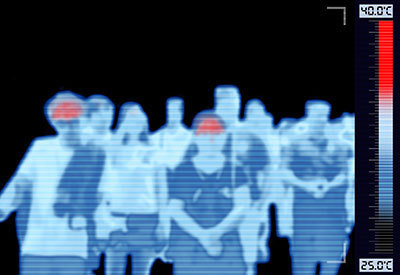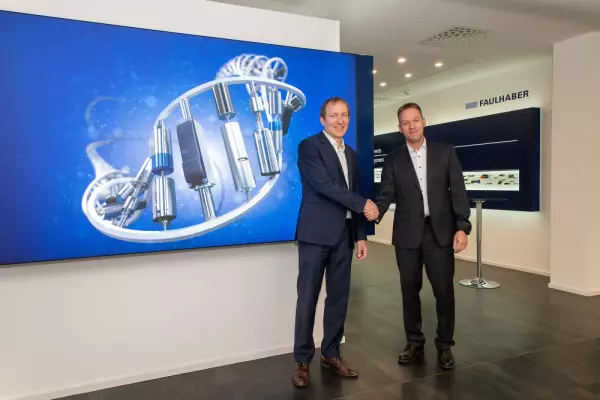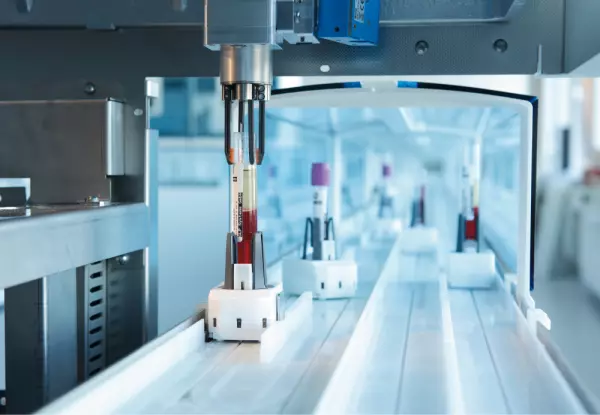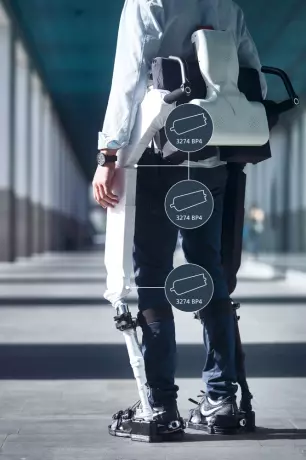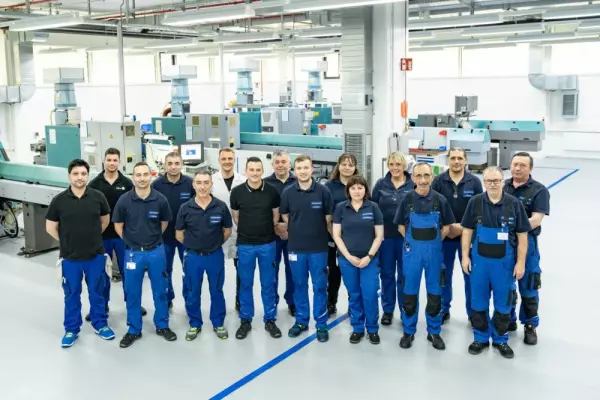
It has now been fifty years since Apollo 11 landed on the moon and the first human stepped on the satellite. Since then, a lot has happened. In the meantime, space has become a place of work and recreation for people, and topics such as space tourism, a permanent moon station or a manned mission to Mars are topical. The technical progress of the last decades has made this development possible and drive technology has also contributed to it. Lightweight and compact FAULHABER miniature drives have repeatedly proven their reliability and positioning accuracy in many space and research projects under harsh space conditions. The drives are suitable for vacuum and withstand the highest mechanical loads. Their components are optimally matched to one another and thus achieve a very high level of efficiency.
Six stepper motors with planetary gears, for example, are currently in use in the most sensitive seismometer (Fig. 1) that has ever been built (SEIS) on Mars and are trying to clarify whether the red planet is shaking. In seismological measurements, they have two tasks at the same time: They bring the measuring mechanics into balance and compensate for tension forces that arise due to strong seasonal temperature fluctuations. The small drives from Schönaich can also be found on board the international space station ISS. Brushless DC motors allow CIMON (Fig. 2), an artificial assistant for astronauts, to move freely on board. For the next Mars mission in 2020, stepper motors will be built into high-resolution camera systems. The small drives with a diameter of just 10 millimeters position the lenses for razor-sharp images of the Martian surface. The compact miniature drives will continue to contribute to the further development of space research and space travel in the future. One way of keeping the costs of commercial rocket launches within limits, for example, is to optimize fuel combustion and thus consumption. A specially developed fuel trim valve guarantees optimal performance. It is driven by robust and reliable FAULHABER servomotors. The need for drive systems suitable for space, which above all have to be reliable, durable, small and light, is constantly increasing. Fifty years ago hardly anyone could have imagined that. MPS (at the time as RMB and now part of the FAULHABER GROUP) made history in 1969 as a partner in the Apollo 11 mission, as its ball bearings were part of the life support equipment used by the astronauts.


